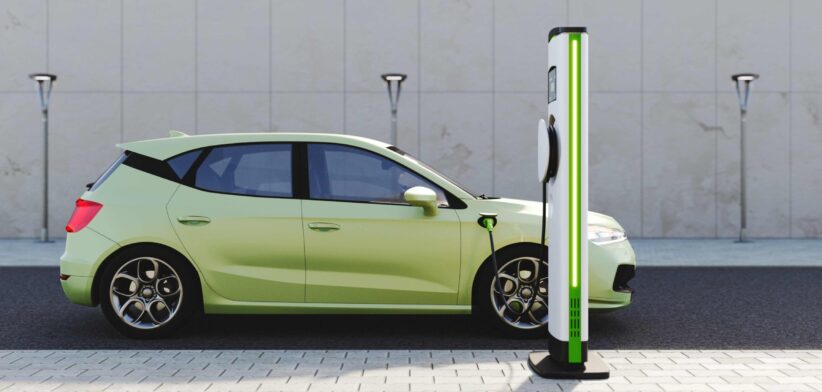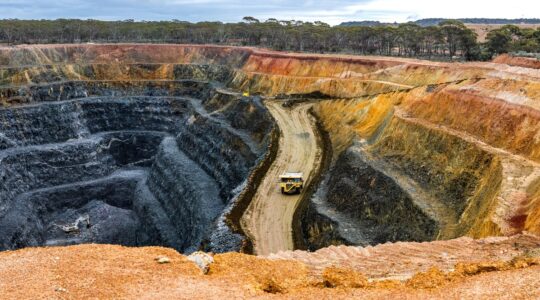Hybrid and electric vehicles have begun to eat away at the market share dominance of traditional petrol vehicles.
New figures from the Australian Automobile Association (AAA) show the market share for new hybrid vehicles rose by more than 33 percent to almost 15 percent, while the market share for battery electric vehicles fell slightly to just over eight percent, in the three months to June.
Internal combustion engine (ICE) vehicles still dominate sales, but the market share had dropped from 78.16 percent to 75.47 percent.
Australia is on track to break the 100,000 electric vehicle (EV) sales milestone this year, despite tough economic conditions according to the Electric Vehicle Council.
The Australian Automobile Association’s EV Index shows there were more than 30,000 battery electric (BEV) and plug-in hybrid vehicle (PHEV) sales in the second quarter of this year – the first time Australia has cracked that figure in a single quarter.
The Index shows that BEV/PHEV sales represented 9.6 percent of new light vehicles sold in Q2.
Electric Vehicle Council chief executive Samantha Johnson said the increased sales were encouraging andshe acknowledged the long road ahead.
“Australia has never had so many electric vehicles on the roads. It was a record-breaking quarter for combined battery and plug-in electric vehicle sales,” Ms Johnson said.
“The continuing strength of electric vehicle sales means Australia remains on track to hit the 100,000 EV annual sales target in 2024.
“These sales figures are without precedent, which is extremely encouraging given the broader economic pressures with high interest rates and the cost of living limiting people’s ability to purchase new cars.”
Ms Johnson said the figures showed Australians wanted more electric cars and governments needed to listen to the demand by continuing to provide support for electric vehicles.
“We have seen several states prematurely withdraw incentives – it is critical that governments implement targeted programs that enable more Australian households and businesses to make the switch to electric vehicles,” Ms Johnson said.
“Misinformation is also hampering the electric vehicle transition. The facts are that EVs are cheaper to own and run than traditional vehicles, they reduce air pollution and they’re essential to reducing our carbon emissions.
“We need to see the EV market grow to meet our climate targets – the National Vehicle Efficiency Standard will play a vital role but there is much more that needs to be done to reduce the nation’s transport emissions.”
The new figures come as Ampol received $100m in Federal Government funding to roll out EV fast chargers in its service stations.
Federal Minister for Climate Change and Energy Chris Bowen said the financing would help Ampol roll out a number of initiatives including EV charging, hydrogen refuelling infrastructure, solar PV and development of low carbon liquid fuels.
Minister Bowen said he expected Ampol to deliver more than 200 new public DC fast charging bays across its service station network by 2025.
“Ampol will also direct some of the finance to support its renewable fuels programs, including the recently announced feasibility study into a significant renewable fuels production facility at Ampol’s Lytton Refinery in Brisbane, for production of low carbon liquid fuels including Sustainable Aviation Fuel (SAF) and renewable diesel,” he said.








